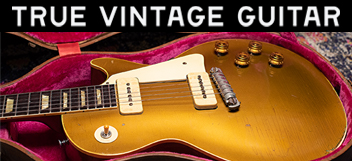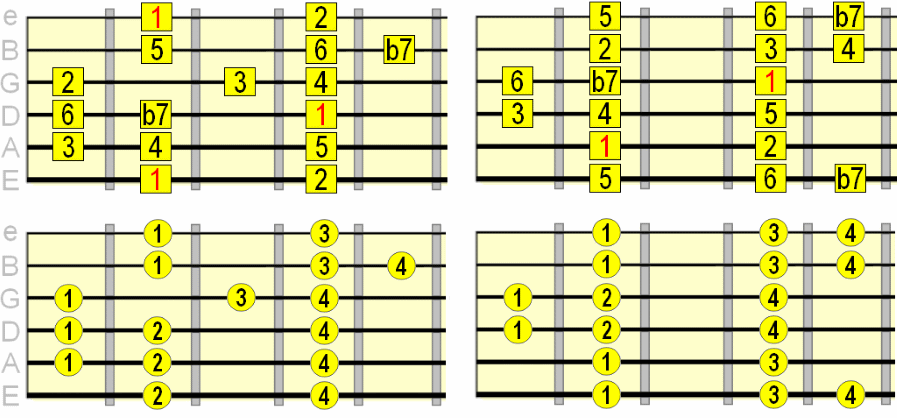Standard Magic
Active member
- Joined
- Mar 31, 2019
- Messages
- 121
I've been practicing some 12 bar blues off youtube, noticed in some examples that the mixolydian scale gets used on the V chord and even leading up to it. Is there a rule for this? As to when/where to use the major third/mixolydian scale? (I'm aware that blues scales can use chord tones therefore the major third).
In a typical blues progression, does the mixolydian scale get used more in the V chord? The IV chord?
In a typical blues progression, does the mixolydian scale get used more in the V chord? The IV chord?




